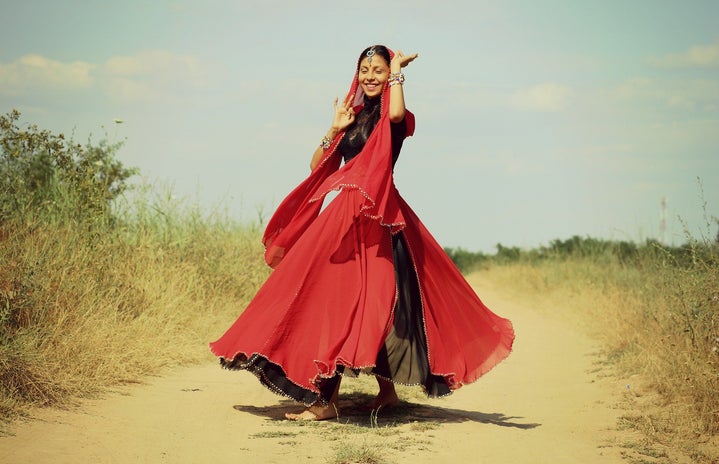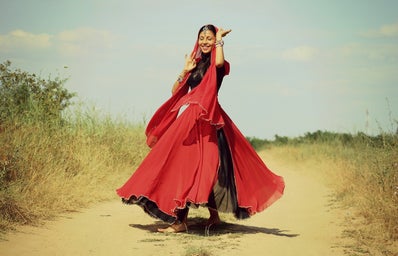Bollywood doesn’t encompass the entire Indian film industry, and it’s time to stop pretending like it does.
The release of a Telugu movie is a big event in my family. Some of my earliest – and fondest – memories as a child were at the movie theater. My parents would let my brother and I get candy and soda, a rare treat, and we’d sit in a mostly empty theater to watch a Telugu film. In India, the experience is different. The release of a Telugu movie is a huge deal in Telugu-speaking states; people skip work to see the movie on its release date, cheer at the screen when their favorite actors appear, and even pour gallons of milk on cutouts of the actors (a Hindu practice reserved for the idols of gods).
Basically, the film industry is a massive part of Indian culture, the same way that Hollywood is a huge part of American culture. Still, a core part of the Indian film industry is often overlooked – Tollywood. Tollywood is Telugu cinema. Telugu is a language spoken in the states Andhra Pradesh and Telangana. However, Tollywood (and Telugu) is often overlooked in Indian film circles and by the West. Despite Telugu being spoken by about 96 million people and Tollywood overtaking Bollywood in the box-office, the Indian film industry is often represented singularly by Hindi cinema (within India and outside of India). Last year, Telugu star Chiranjeevi recounted his experience accepting an award in 1988. Prior to the awards ceremony, the hall was decorated with posters of icons in Indian cinema. South Indian actors were underrepresented, and South Indian films were considered “regional films” rather than a part of the industry in their own right. In the West, many people didn’t know that Tollywood existed before RRR became the first Telugu movie to win awards at the Oscars and the Golden Globes. (Strangely, Netflix has the Hindi-dubbed version of RRR on their platform, rather than the original Telugu version.)
RRR signals a change in the common conception of Indian cinema. The film follows the friendship between Bheem, a fierce warrior trying to rescue a girl who was kidnapped from his village, and Raju, an Indian police officer working undercover for the British governor to infiltrate revolutionary circles—neither Bheem nor Raju know of the other’s true identity, and drama ensues. It has won a Golden Globe and an Oscar for best original song for “Naatu Naatu.” Films like Baahubali: The Beginning, Baahubali 2: The Conclusion, Pushpa: The Rise – Part 01, and Dangal were massive successes, both within India and overseas. RRR uniquely represents a bright future for Indian cinema by highlighting the spectacular action-packed, dramatic, and musical nature of South Indian filmmaking as a craft and a genre. It has legitimized South Indian filmmaking in the eyes of the West; in its critical acclaim, it has opened doors specifically for South Indian films. Future Telugu films, Malayalam films, Tamil films, and more, have been granted platforms for recognition and respect on a global scale.
On a personal note, RRR is the film that warms the heart of my younger self. I remember hearing ridicule about Telugu films, with their grandiose action sequences and CGI, from my white counterparts. I remember being embarrassed about the musical nature of Telugu movies when I showed my white friends my favorite movie (Nuvvu Naaku Nachav). To see songs like “Naatu Naatu” being celebrated on a global stage, and to see Indians accepting Oscars and Golden Globes, fills me with immense pride. RRR is the first of many Indian films to receive widespread success – I can’t wait to see what films will follow in its footsteps around the world.


